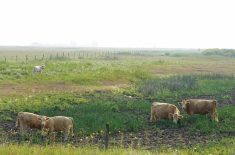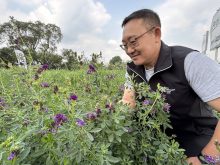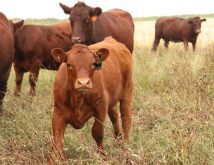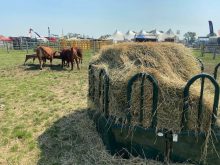More ranchers in Alberta, Ontario, Quebec, British Columbia and Nova Scotia will be able to defer some of their taxable income from livestock sales in 2016 due to drought.
The federal government on Tuesday announced a second list of drought-designated regions where the livestock tax deferral provision will be allowed, along with the areas of Ontario, Quebec and Alberta designated in the initial list in November.
Read Also
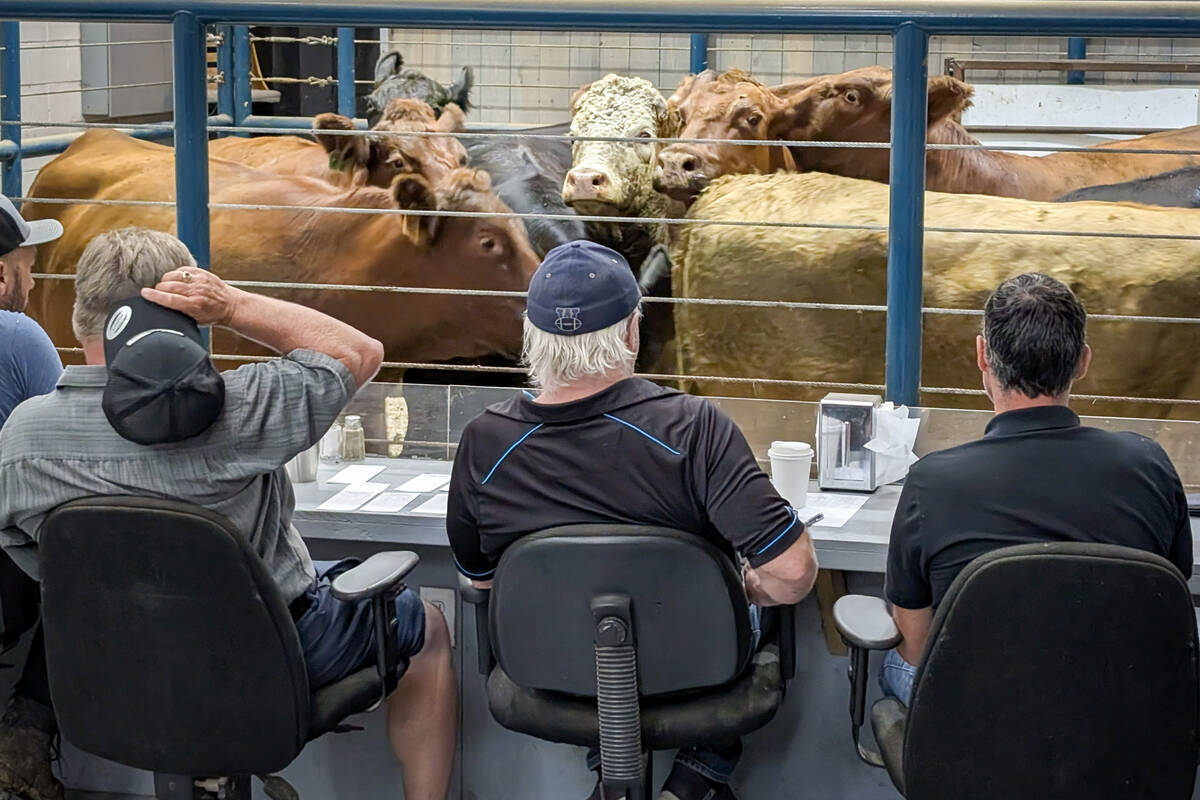
Klassen: Weaker fed market weighs on feeder cattle prices
For the week ending November 8, Western Canadian feeder cattle markets traded $10-$20/cwt below values from seven days earlier. Some…
Also, the government said, its “ongoing analysis” shows a final list of designated regions will be needed for the 2016 tax year. That list is expected to be released as soon as it’s authorized.
In Alberta, the City of Calgary, County of Newell and Mackenzie County are now also designated, while in B.C., four census subdivisions (as per the 2011 census) have been added to the list, including Kitimat-Stikine A, B and D and Skeena-Queen Charlotte E.
In Ontario, newly designated areas include the cities of Belleville, Kingston, Niagara Falls, Peterborough, Port Colborne, St. Catharines and Welland; the towns of Fort Erie, Greater Napanee, Grimsby, Lincoln, Niagara-on-the-Lake and Pelham; the townships of Frontenac Islands, Leeds and the Thousand Islands, Loyalist, Madoc, South Frontenac, Stone Mills, Tyendinaga, Wainfleet and West Lincoln; the municipalities of Centre Hastings, Trent Hills and Tweed; and Haldimand County.
In Quebec, the municipality of Duhamel is now also designated, as are the Nova Scotia municipalities of the counties of Annapolis and Kings and of the districts of Argyle, Barrington, Chester, Lunenburg, Shelburne, West Hants and Yarmouth.
Low moisture levels resulted in “significant forage shortages” for livestock producers in all affected areas, the government said Tuesday, and one option for producers to manage feed supplies is to reduce their breeding herds.
“This tax deferral will help producers manage the impacts of the drought, and to focus on rebuilding their herds in the coming year,” Agriculture Minister Lawrence MacAulay said in a release.
The tax deferral provisions allow livestock producers in prescribed regions to defer portions of their 2016 sale proceeds of breeding livestock, until the next tax year. Producers can request the tax deferral when filing their 2016 income tax returns.
The intent of the deferral is to reduce the tax burden associated with the sale, as the cost of replacing the animals at least partially offsets the deferred income.
To be eligible for the deferral, a producer’s breeding herd must have been reduced by at least 15 per cent. If the breeding herd has been reduced by at least 15 per cent, but less than 30 per cent, then 30 per cent of income from net sales may be deferred.
Where the herd has been reduced by 30 per cent or more, however, 90 per cent of income from net sales can be deferred.
Proceeds from deferred sales are then included as income in the next tax year. If an area qualifies for a drought or excess moisture/flood designation in consecutive years, producers may defer sales income to the first year in which the area is no longer designated.
The deferrals are requested if impact on a designated area is deemed “significant,” defined as forage yields of less than 50 per cent of the area’s long-term average. — AGCanada.com Network






